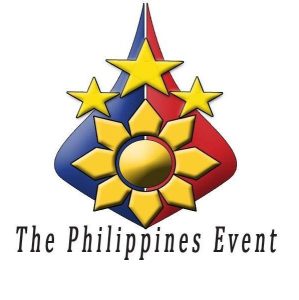Ten years ago, the International Crops Research Institute for the Semi-Arid Tropics (ICRISAT) launched theBhoochetana program in Karnataka, India. Heading the institute then was former Agriculture Secretary, Dr. William Dar.
ICRISAT began the project with communities in the southwestern region of India “registering zero growth in agriculture.” Five years into the project, which is mainly focused on soil nutrition, the Bhoochetana program managed to increase smallholder farm yields by 20-66 percent.
Upon returning to the Philippines, Dr. Dar together with the Bureau of Agricultural Research and the Yamang Lupa Program initiated the adoption of Bhoochetana principles across farming communities in the Philippines. The initiative identified three pilot sites in Quezon, Samar, and Zamboanga. Fast forward four years later and the study proved to have yielded similar results as to ICRISAT’s initiatives in India.
On 2018 November 7, the research team from DA-RFO IX (Zamboanga Peninsula) presented their paper titled “Adoption of Bhoochetana (Yamang Lupa Program) Principles and Approaches in Boosting Agricultural Productivity in Region 9” during the 30th National Research Symposium (NRS) at the Philippine International Convention Center where they won the AFMA Best R&D Paper Gold Award. Receiving the award was Chief Research Science Specialist Engr. Roger Bagaforo.
“We have three activities that we tried to use, one is the analysis of the macro and micronutrients of the soil, then two, we promoted the use of good quality planting materials and other support services for production, then three is capability building,” said Bagaforo in an interview during the NRS awarding. The Bhoochetana program also established Small Farmer Reservoirs (SFR) to deposit the excess water during the rainy season which will eventually serve as an alternative source during the dry seasons.
According to Dr. Dar, analyzing the soil health status at a community level will serve as the guide in formulating barangay-wide specific nutrient management recommendations. These recommendations then reach smallholder farmers through the use of ICT (information communication technologies) taught during capacity building activities. The ICT mainly utilized in the Bhoochetana project are Soil Health Cards (SHCs). SHCs serve as a farmer’s long-term guide to maintaining soil health. It provides the farmer with information regarding the status of the soil in his vicinity as well as provides advice on fertilizer usage and other nutrient recommendations. By ensuring the health of the soil, stakeholders are guaranteed of robust crop productivity.
“The total impact of these activities is the increase in the yield of the farmers. As we noted in our objective, we will be having an increase of not less than 20 percent but in this [project] we were able to attain more than 60 percent increase of yield of the crops,” explained Engr. Bagaforo regarding the results of the project.
With this year’s NRS theme articulated as the “Generating and Integrating Best Practices in Agriculture and Fisheries through Participatory R&D,” Engr. Bagaforo’s project proved to be a benchmark paper for research that’s geared towards empowering small scale farming communities.
“We are looking forward now to commercializing this program not only for the three [pilot] regions but hopefully we can use this throughout the country,” said Engr. Bagaforo.
Dr. Dar comprehensively wrote about how expansion is made possible in the Philippines. “Bhoochetana is not even rocket science; rather it is also a system of precision agriculture,” he wrote. ###



You must be logged in to post a comment.